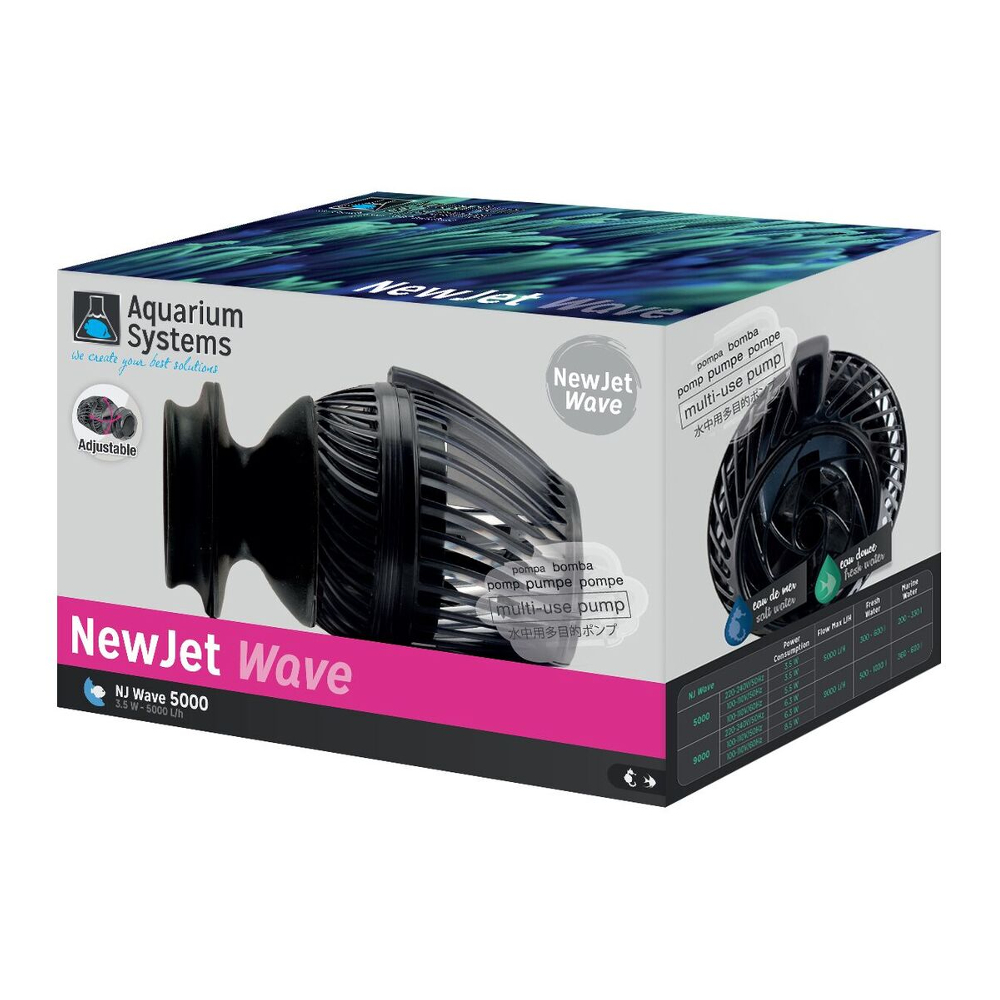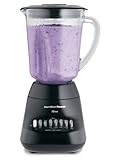

How a Powerhead Improves Your Tank’s FilteringĬhoosing a filter with a high enough flow rate to clean your tank four times an hour or more isn’t necessarily enough. So if you have a 10-gallon tank, the filter should run at a minimum of 40 GPH. You should aim to completely cycle the water through the filter at least four times per hour. The larger your tank, the higher the flow rate needs to be to keep the water filtered properly. This is measured in gallons per hour (GPH). One of the most important considerations when choosing your filter is the flow rate or how much water can flow through the filter per hour.

Getting rid of these things will help your tank cycle properly so the biological filter gets up and running. A sponge, a carbon filter, or some other physical filtering system will do this.Ĭhemicals in the water will also get cleaned up as the water runs through the filter. The filter will “strain” debris from the water as it passes through. Your fish tank filter, one of the essentials of aquarium maintenance, does play a part from both the mechanical and chemical perspectives. If you don’t, you’ll likely face “new tank syndrome” where more of your fish will die within a couple of days of getting placed in the tank. If you’re setting up a new tank, it’s important to get this process started before adding a lot of fish to the tank. Choosing the Right Filterīiological filtering (cycling) is mostly handled by the ecosystem of your fish tank. They can also be harmful to your fish if the levels get too high. Once your tank is cycling well, regular water changes will help to keep the nitrates at a reasonable level. Nitrites, which are also harmful if too high, are then converted to relatively safe nitrates. Because most tanks don’t flush the water in the tank on an ongoing basis, fish waste and excess food will decay and increase the ammonia levels in the tank.īiological filtering will convert this excess ammonia, which is harmful to fish, into nitrites. Cycling Your Fish Tankīiological filtering is one of the most important parts of the process. For example, if you use tap water in your tank it quite likely contains fluoride and other chemicals that can be harmful to your fish. If these get out of balance, your fish can become sick or even die.Ĭhemical filtering will help get rid of unwanted chemicals in the water itself. This includes excess food, fish waste, and pieces of plants or other decorations that have broken away.īiological filtering helps to maintain the proper levels of ammonia, nitrites, and nitrates in your tank. Mechanical filtering gets rid of debris in the water. There are three steps to filtering your fish tank: My Favourite Powerheads For A 10 Gallon Tank What Does a Fish Tank Filter Do?.Let’s look at what you need to know when choosing these two components of your aquarium. Combining it with a powerhead will help it work more efficiently, keeping the water in your tank cleaner and your fish healthy and happy. Keeping the water in your tank clean and ensuring it’s cycling properly is critical to the health of your fish.Ī fish tank filter alone may not be enough, however. One of the most common problems new fish tank owners run into is not enough filtration. Best Value Powerhead For 10 Gallon Tank: AquaClear Powerhead.Best Smallest Powerhead: Hydor Pico Powerhead.Best Wave Maker For 10 Gallon Tank: Fluval Sea CP1 Circulation Pump.Of the many models we’ve seen, these are the best powerheads for a 10 gallon tank to buy in 2021: We decided to take a closer look at some of the best powerheads for a 10 gallon tank available to find the best models out there.
Wavemaker for 10 gallon tank plus#
Plus you’ll find our recommendation for 3 great powerheads for small 10 gallon tanks. In this article, you’ll learn a few reasons to use a powerhead in a 10-gallon tank along with a filter.


 0 kommentar(er)
0 kommentar(er)
